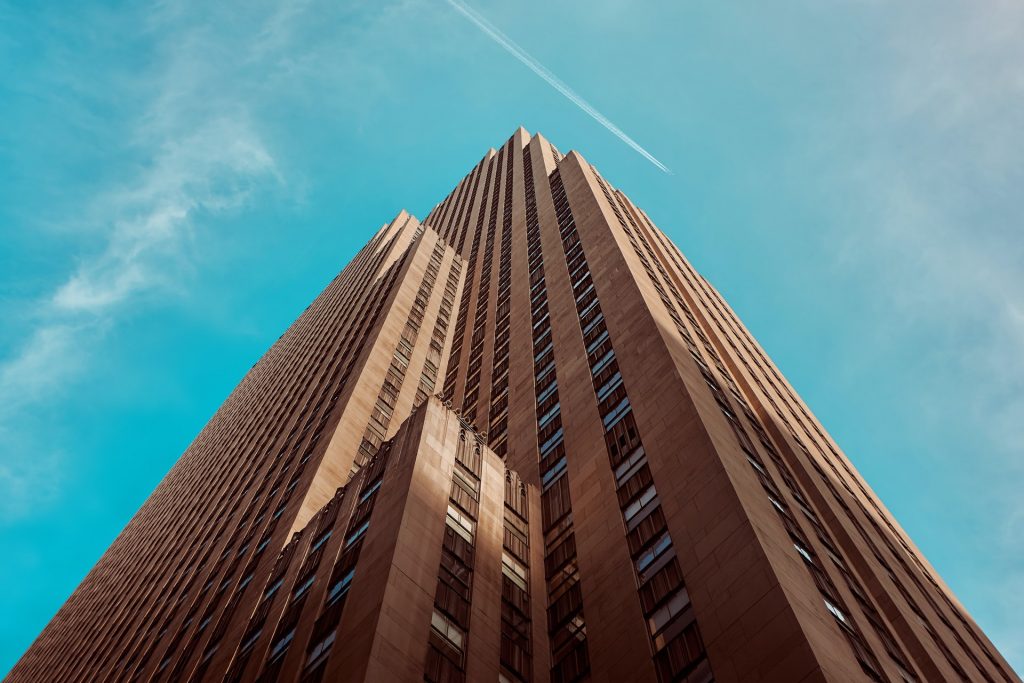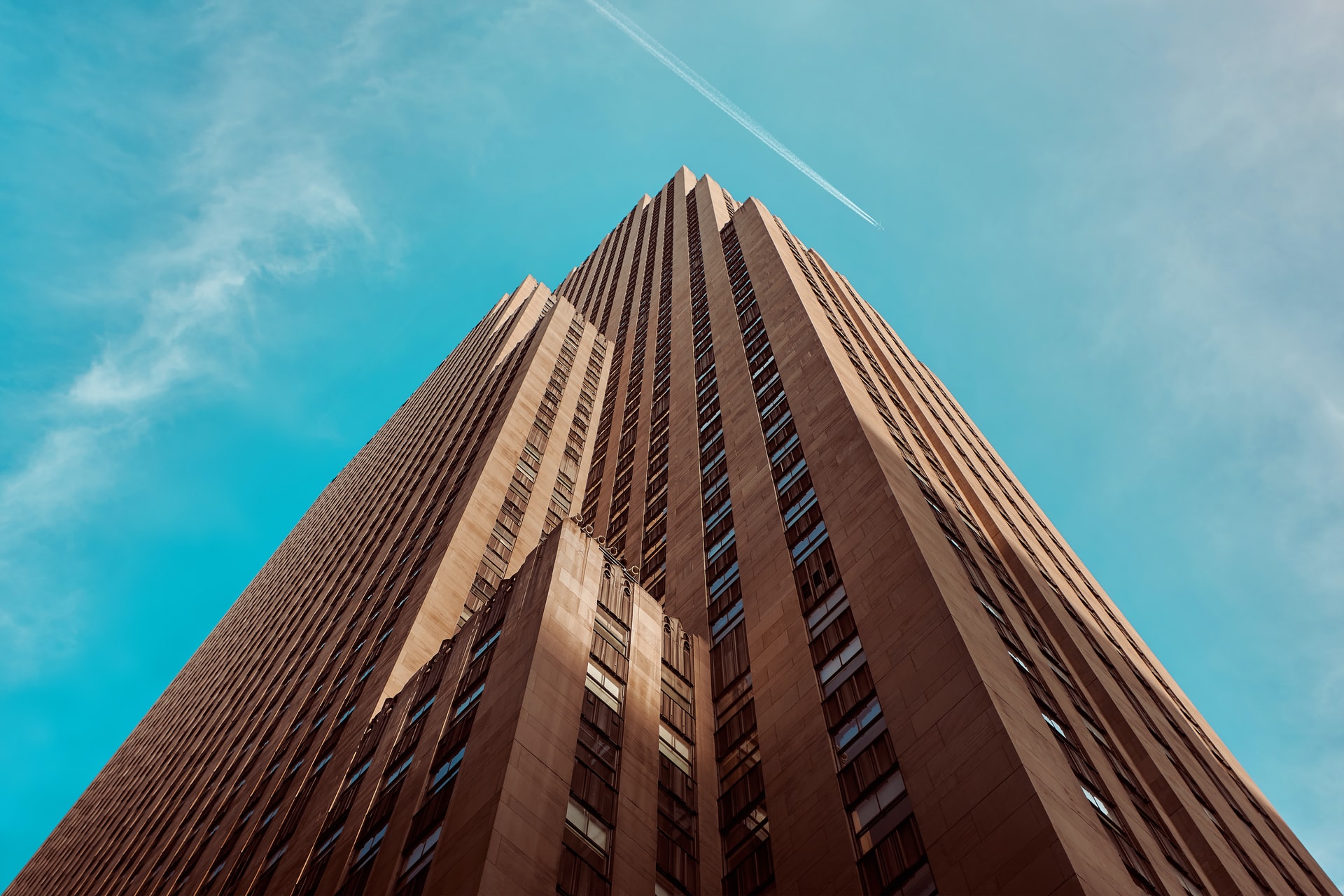Whether a block of apartments, office building or house, you’re probably aware of the importance of maintaining exterior cladding. The first thing visitors see when they arrive at the door, it’s key to keep this area clean or you risk making a bad impression. For all building structures in Britain, excessive moisture can compromise the substrate and lead to problems like discolouration and mould. The best secret weapon of all? A water-repellent sealer – read on to learn more, including how to restore and protect external facades.
What is a water-repellent sealer?
A water-repellent sealer for cladding does what it says on the tin; it protects the surface against deterioration caused by weathering. It also hampers the build-up of algae and mould yet allows the surface to breathe and provides protection with a natural effect.
Types available in the FILA range
At FILA, we offer two versions of our water-repellent sealer to bring you a water-based and solvent option. HYDROREP features SOLVENT-BORNE TECHNOLOGY whilst HYDROREP ECO is the best outdoor protector that’s also GREEN.
5 benefits of using a water-repellent sealer
1. Prevention of moss and mould formation
Mould, lichens, and moss grow where there is food, and the moisture of a building’s surface is the tastiest meal. Without this, however, they simply can’t grow, and a water-repellent brick treatment like HYDROREP provides the perfect barrier.
2. Protection against efflorescence and surface damage
In chemistry, efflorescence is the migration of salt to the surface of a porous material. This can result in moisture-induced damage to a building’s surface, so for this, HYDROREP is the best outdoor protector. This and HYDROREP ECO protect external walls and ensure the structure remains dry and less susceptible to damage. Both also provide high coverage for unpolished stone, concrete and agglomerates.
3. It will maintain the materials natural look
With a high penetration capacity, both products provide high-calibre protection for external facades. Better still, they don’t affect the natural look of the material, yellow with age or alter the frost resistance of terracotta.
4. UV resistant and breathable
Penetrating deep and forming an incredibly strong bond, a water-repellent sealer provides maximum resistance to UV attack. It also does this whilst preserving the material’s level of breathability above 90% – this is simple protection at its very best.
5. Some are even eco-friendly
FILA’s HYDROREP ECO boasts low VOCs and has been certified by LEED and GEV-EMICODE®. This product is also completely solvent-free and environmentally friendly, so perfect for a green home or building project.
How to restore and protect external facades
Engineered stone – use a professional cleaner
Thin slices of brick are known as brick slips and are a cost-effective, efficient way of cladding a building. Restore engineered stone with FILA’s PS87 PRO before applying a water-repellent sealer like HYDROREP.
Porcelain – a limescale detergent will save you time
The use of porcelain cladding provides a breath of fresh air compared to other common materials used for facades. Allowing for endless aesthetic possibilities and durable strength, FILA’s DETERDEK PRO is the one for the job to keep your porcelain clean. An effective limescale detergent, this product does many things, including removing salt residues left behind by bad weather. DETERDEK PRO is also effective against rust stains and the inorganic part of smog, especially for buildings in the bigger cities.
Concrete – don’t forget a concrete cleaner and graffiti remover
A reliable option, concrete facades are strong and low maintenance. Use FILA’s graffiti remover, NOPAINT STAR and concrete cleaner, PS87 PRO, before the application of HYDROREP ECO.
Limestone and other natural stone – our best outdoor protector
When it comes to exterior facades, unpolished limestone makes a beautiful looking natural cladding. Large porosity, however, and harsh weather conditions make this and other natural stone susceptible to water absorption. Before applying a water-based treatment, it’s first important to clean, and for this, we’d recommend a professional cleaner like FILA’s PS87 PRO. You can then follow on with our best outdoor protector, HYDROREP ECO, to reduce the absorption of water and atmospheric dirt.
Bricks – use a water-repellent brick treatment
Brick cladding will last for many years as long as it’s correctly maintained, and high-quality products go a long way too! Before applying a water-repellent brick treatment, such as HYDROREP, we recommend cleaning brick cladding with DETERDEK PRO.
Additional products to use with a water-repellent sealer
If mould and graffiti have already occurred, they should be removed before applying a water-repellent sealer. FILA’s ALGACID can be used on pretty much any surface to tackle mould and mildew, whereas NOPAINT STAR is effective for removing graffiti on rough or porous surfaces.
Thank you for reading our post, and if you need any help, we would love to talk cladding with you! Feel free to drop any questions in the comments or to discuss a specific project; please get in touch with our UK team. Thanks again.

